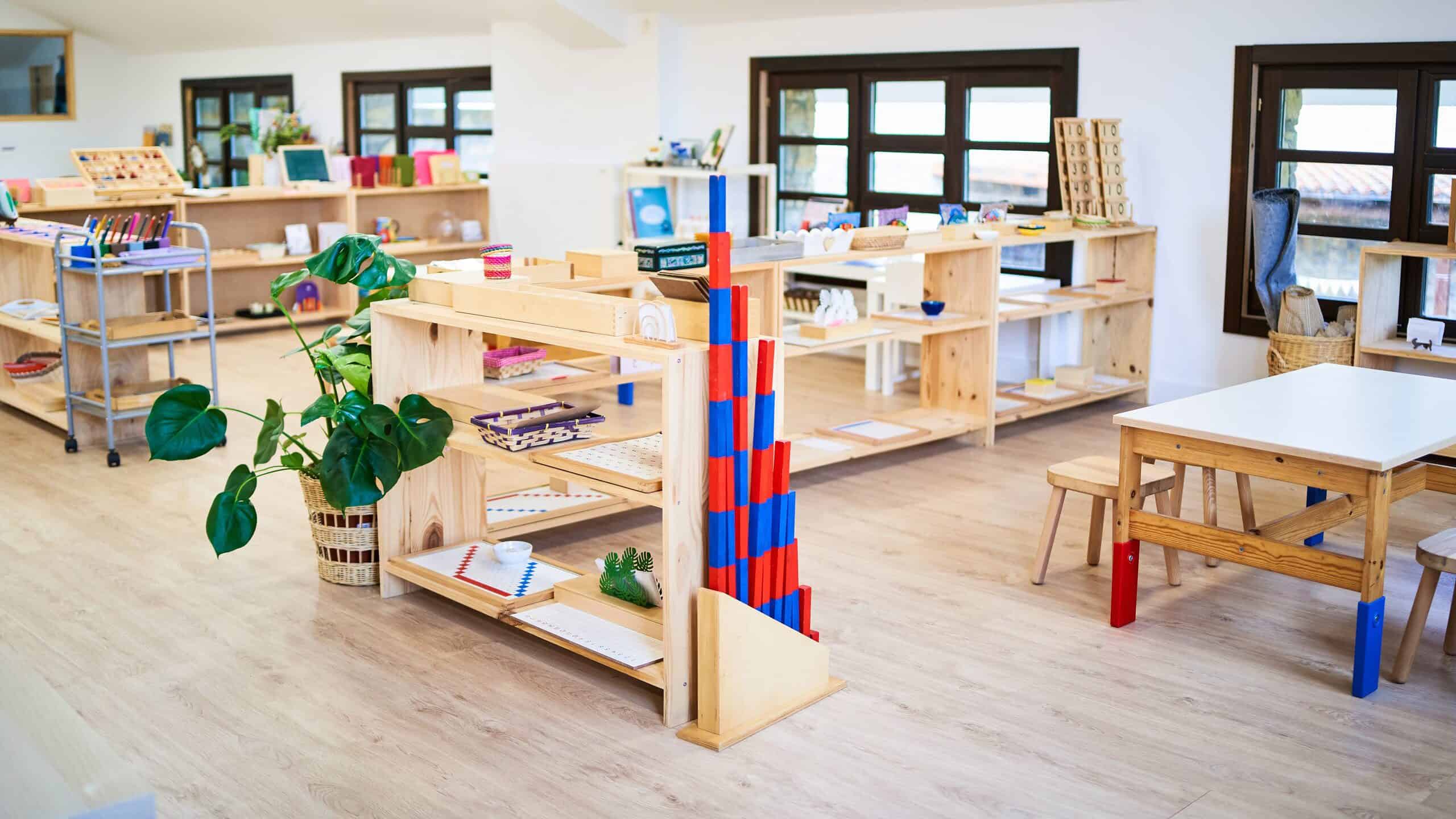What is a Montessori bookshelf and how are they different? Montessori bookshelves are designed for use in Montessori classrooms and homes. They are typically designed to be low to the ground. They are designed to be easily accessible to children so that they can independently choose and handle the books they wish to read. Keep reading to learn more about Montessori bookshelves and how they are different.
Key Points
- Montessori bookshelves are built low to allow children of all heights and ages easy access.
- The shelves are organized in a simple way so that all children can easily understand the organization method used.
- The bookshelves are usually visually appealing to encourage children to explore.
The Montessori Approach to Learning
Montessori education is a child-centered educational approach developed by Maria Montessori (1870-1952) in the early 20th century. There are five principles at the core of her method:
- Respect for the child
- The child has an absorbent mind
- The child experiences sensitive periods in which neural pathways are open to learning new facts and ideas
- Optimal learning requires a prepared environment
- The child is capable of teaching themselves, as well as other children
Dr. Montessori understood through observation that children have the capacity to learn through Interacting with their environments. She also recognized that children gravitate to the subjects that interest them. Having access to a prepared environment is fundamental for optimal learning, especially during the sensitive periods when neural pathways are opening to new experiences. Montessori classrooms are mixed-aged. This is because Dr. Montessori recognized that younger children can learn from older children. And even without her observation that children have absorbent minds, I think most of us are aware of the sponginess of a youthful brain. The Montessori bookshelf is designed with all of this in mind.
Bookshelves: A Brief History
The origins of the bookcase can be traced back to ancient civilizations such as Egypt and Mesopotamia. Shelves were fashioned from clay and stone. They were used to store scrolls and tablets. In medieval Europe, books were luxury items and were often kept in chests or on shelves at monasteries and libraries. The invention of the printing press in the 15th century by Johannes Gutenberg led to greater availability of books and a corresponding need for storage. In the 17th and 18th centuries, bookshelves were crafted from wood, metal, and glass, with more decorative designs. The rise of industrialization in the 19th century brought mass-produced bookcases. Today bookshelves come in a wide variety of materials, designs, and sizes, and are used not only for books but also for storing and displaying a variety of other items. So, what makes a Montessori bookshelf different?
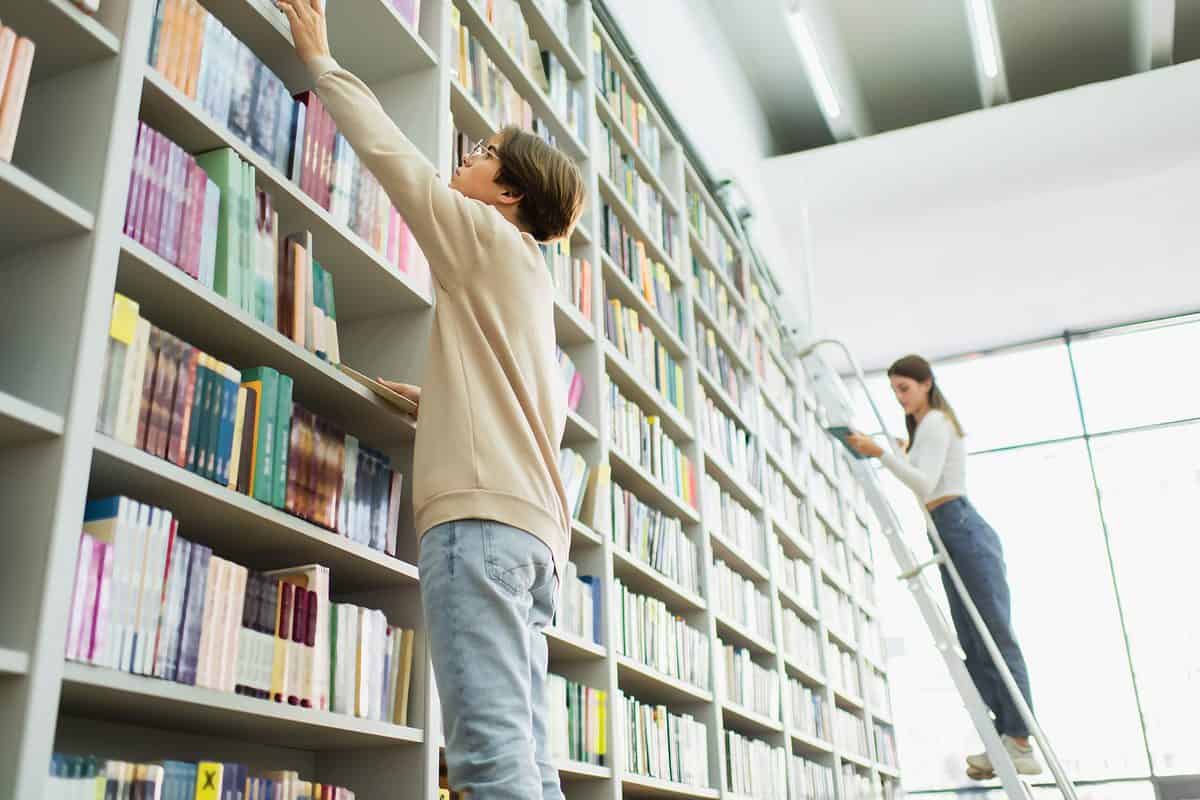
©LightField Studios/Shutterstock.com
Montessori Bookshelves: How are They Different?
Montessori bookshelves look a bit different from the traditional ones used in libraries, offices, and bookstores. This is because Montessori bookshelves are designed to be fully accessible to young children.
Montessori Bookshelves: Built Low
Montessori bookshelves are designed to be low so that children can easily access the materials. This allows them to take an active role in their own learning, as they can choose which materials they want to work with and explore at their own pace. Additionally, the low bookshelves promote independence, as children are able to reach and handle the materials without the need for adult assistance. Furthermore, low bookshelves prevent accidents, as children are less likely to knock over the shelves or pull books down on themselves. Overall, the low design of Montessori bookshelves is an important aspect of the Montessori method, as it supports children's natural curiosity and autonomy.
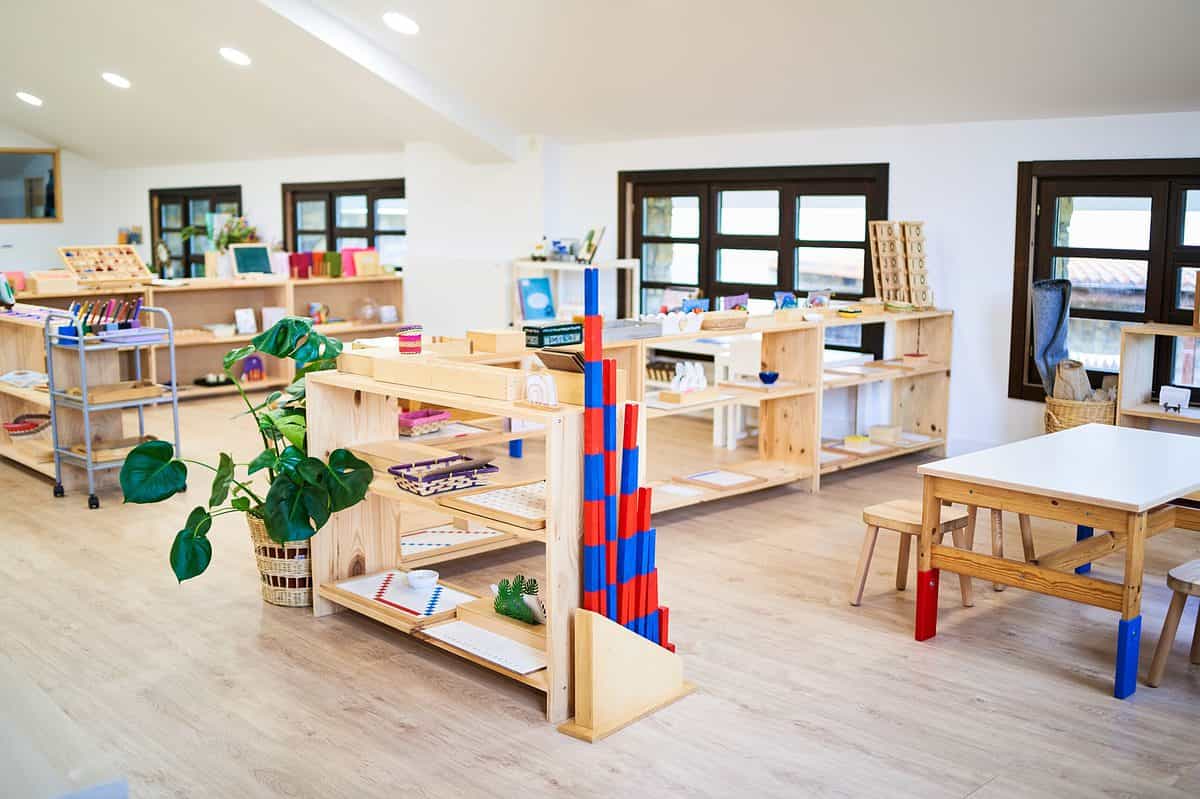
©Abraham_stockero/Shutterstock.com
Montessori Bookshelves: Arrangement
Books are typically arranged on shelves in a way that is easy for children to access and understand. The books are grouped by subject or theme, and the titles are facing outward so that children can easily see and select the books in which they are interested. The books are also arranged with simpler books on lower shelves for ready access to the youngest learners. More complex books are on the taller shelves, which are within the reach of older children. This allows children to gradually progress in their reading skills as they grow. Optimally, books are organized by category (picture books, early readers, chapter books) and/or genre (adorable baby animal books, mystery books, fantasy books). The books are labeled with colorful tags, pictures, or illustrations, and are often front-facing, which helps children find suitable books and identify their favorite books more readily.
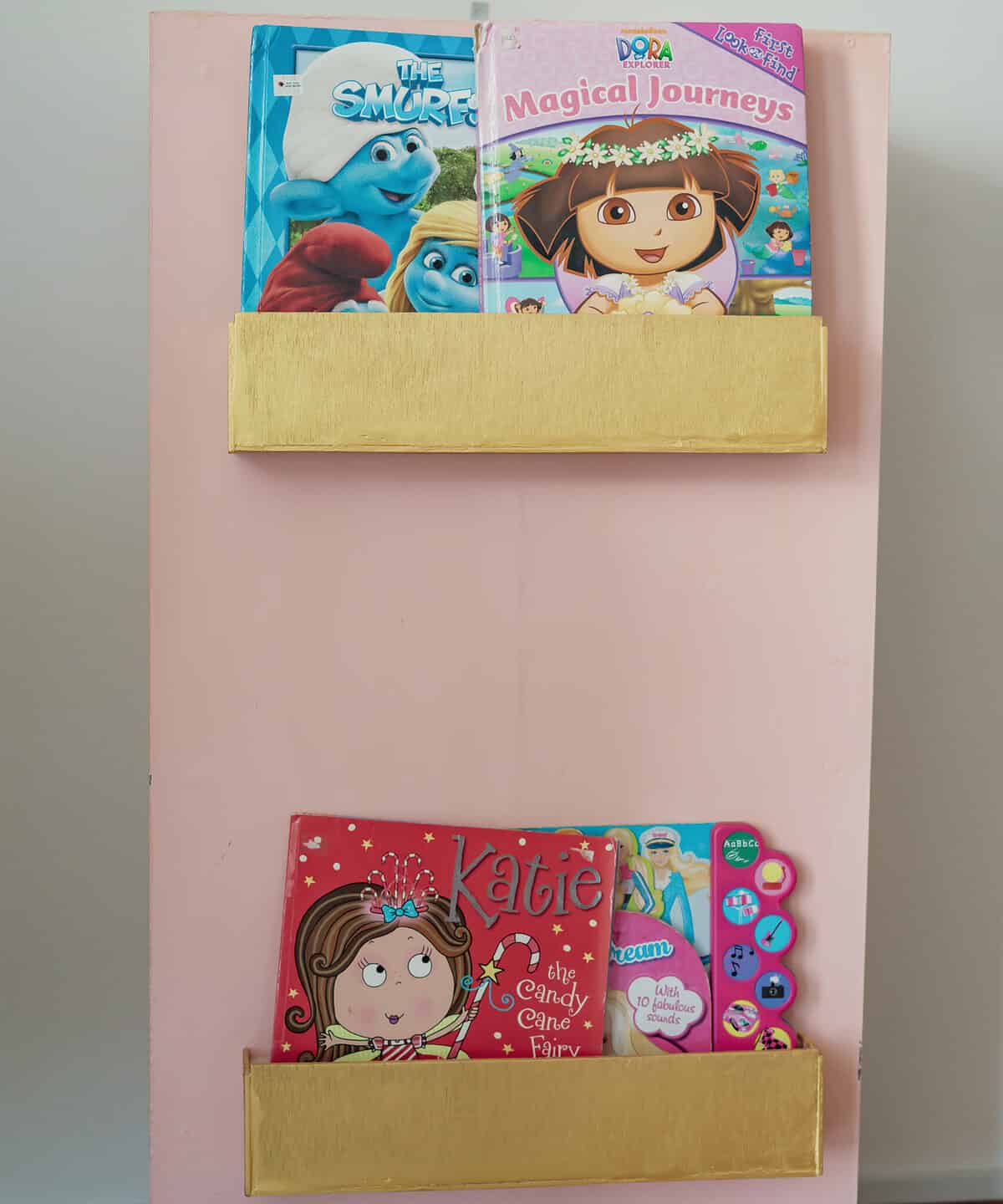
©ellinnur bakarudin/Shutterstock.com
Montessori Bookshelves: Aesthetic
Montessori bookcases are designed with a focus on visual appeal. They are typically made of natural materials such as wood and have a simple and uncluttered aesthetic. The shelves are arranged at various levels. These levels create an interesting visual display that encourages children to explore and engage with the books. The books are often arranged by color or size, which further adds to the visual appeal. Additionally, the bookcases are often designed to be accessible to children of all sizes. The lower shelves are for younger children and the higher shelves are for older children. Overall, Montessori bookcases are designed to be both functional and visually pleasing.
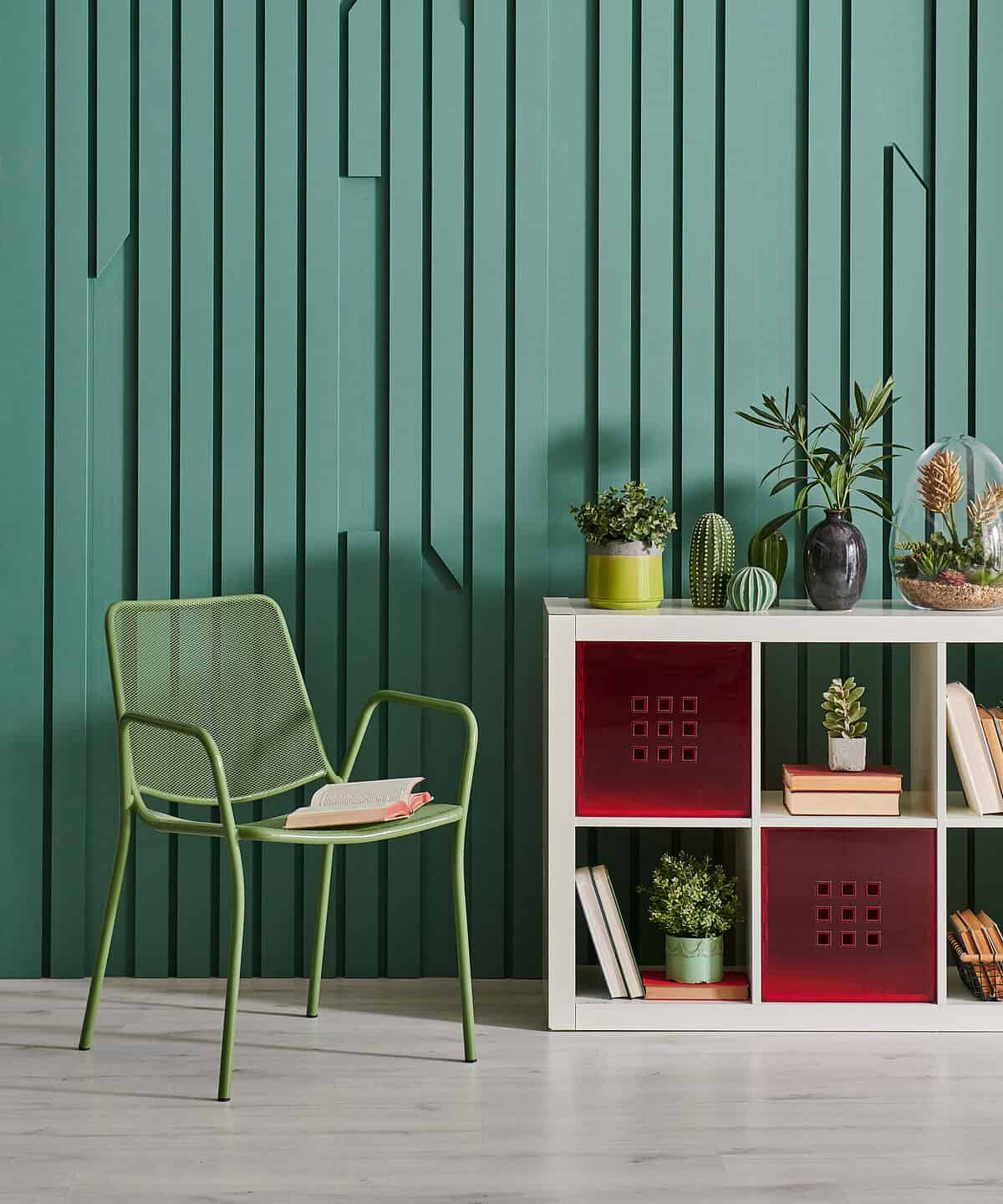
©united photo studio/Shutterstock.com
Montessori Bookshelves: Other Uses
The open design of Montessori bookshelves allows for easy access and visibility of the items stored on them making them a versatile organizational tool. Beyond books, Montessori bookcases can be used to store toys, puzzles, games, and art supplies. When using bookshelves for these items, it is suggested that they are limited in quantity and rotated often. In this way, children are neither overwhelmed or become bored, respectively.
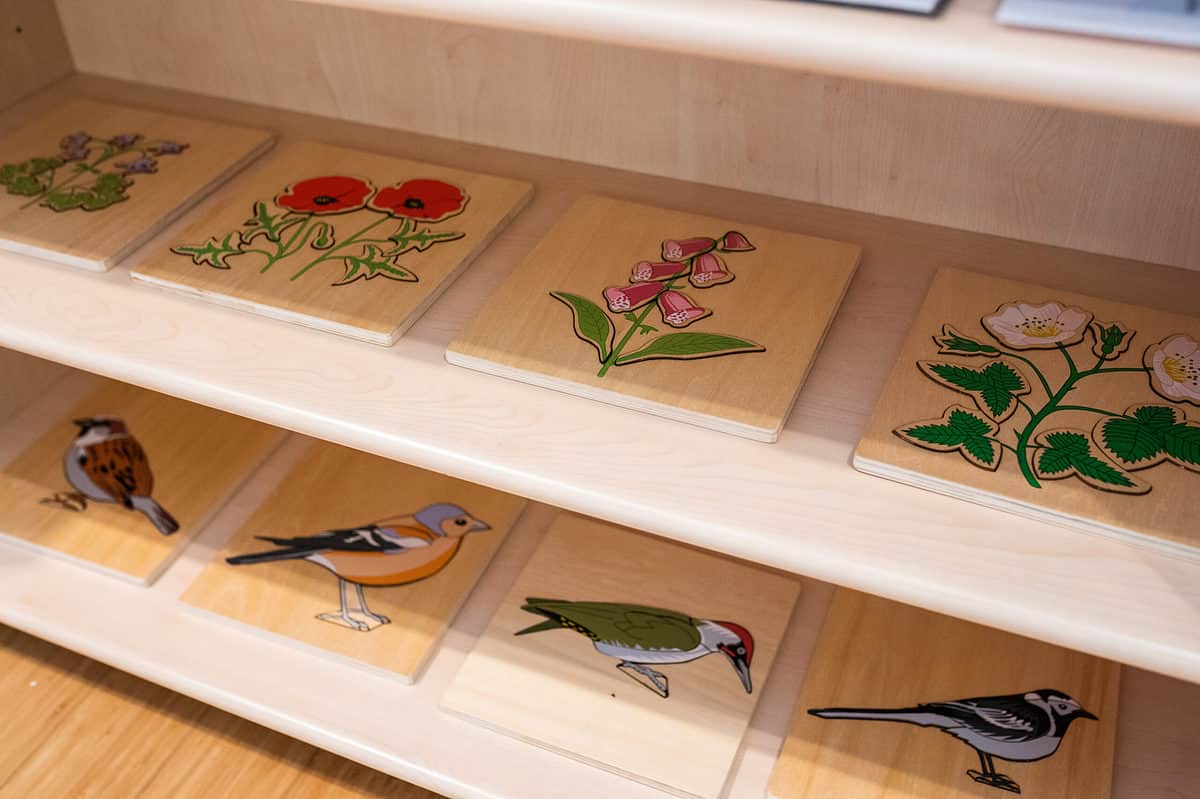
©QVz/Shutterstock.com
Montessori bookshelves are different from traditional bookcases in their accessibility to young children, their pleasing aesthetic, simple design, and versatility.
What Books are Best for a Montessori Child?
The books you choose for your child will have a significant impact on their growth and development. Considering this, it makes sense that you'd want to pick the right ones! If you're at a loss as to what books to get for your child, try looking online for lists of recommended books that align with a Montessori-style education. You can also take your child to a bookstore and encourage them to explore. This way, they can learn about how to explore their interests and about how to search for books that align with those interests.
Finally, you can always ask their teacher for some recommendations. Teachers are well-versed in the art of Montessori schooling, so they're an excellent resource!
The image featured at the top of this post is ©Abraham_stockero/Shutterstock.com.
